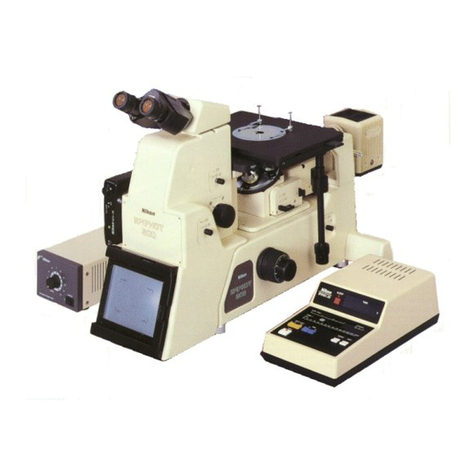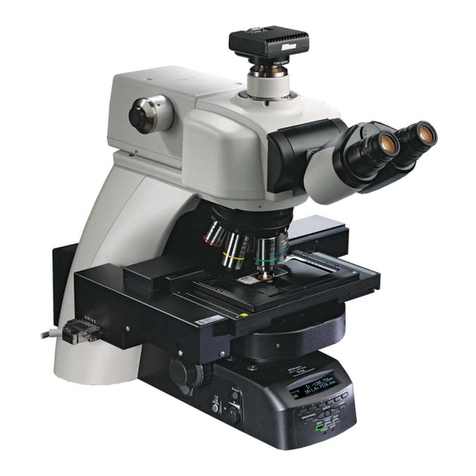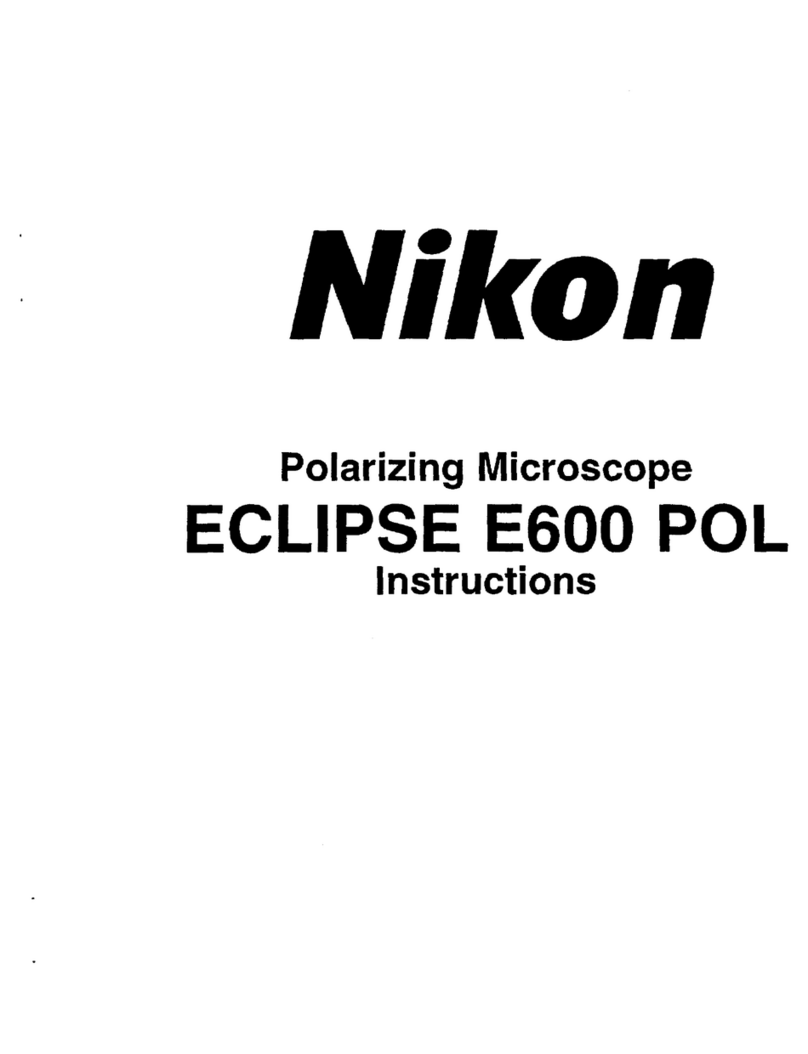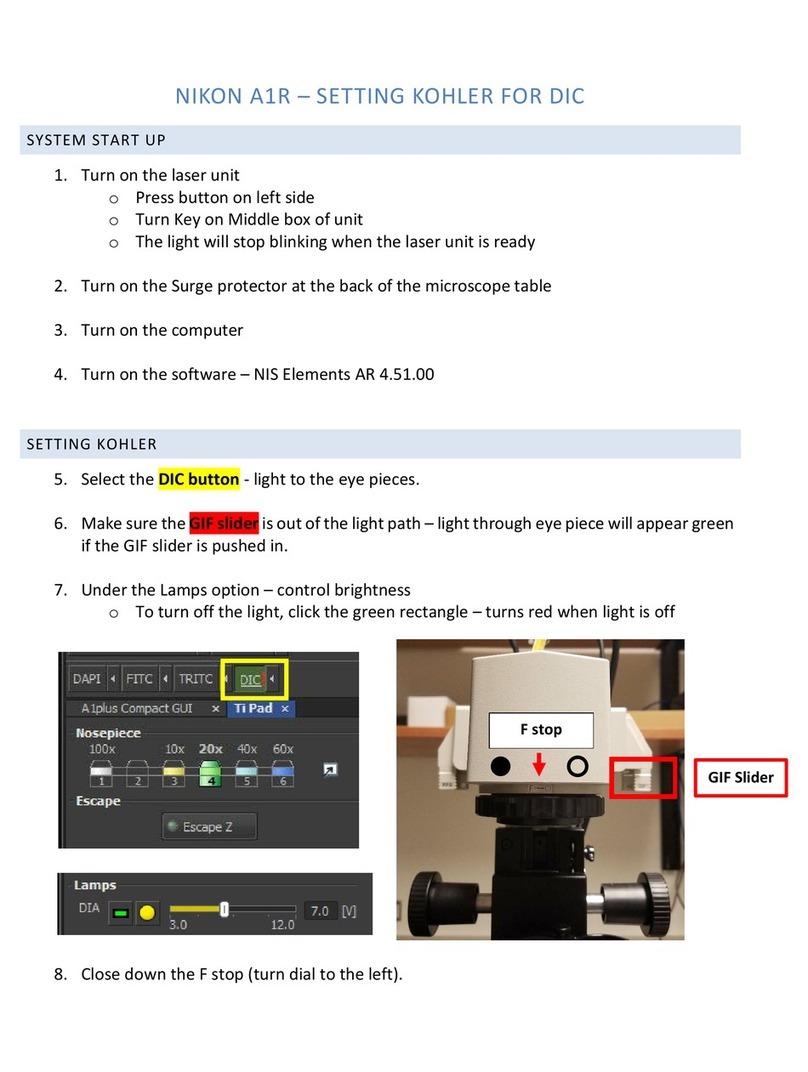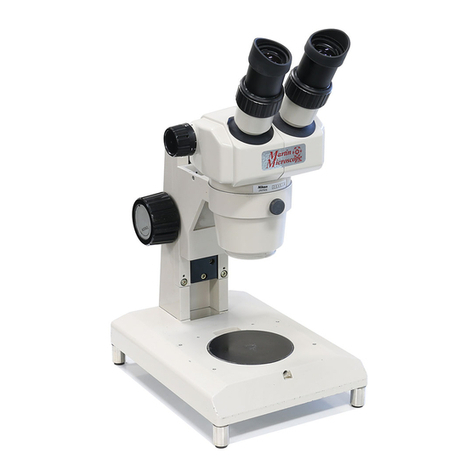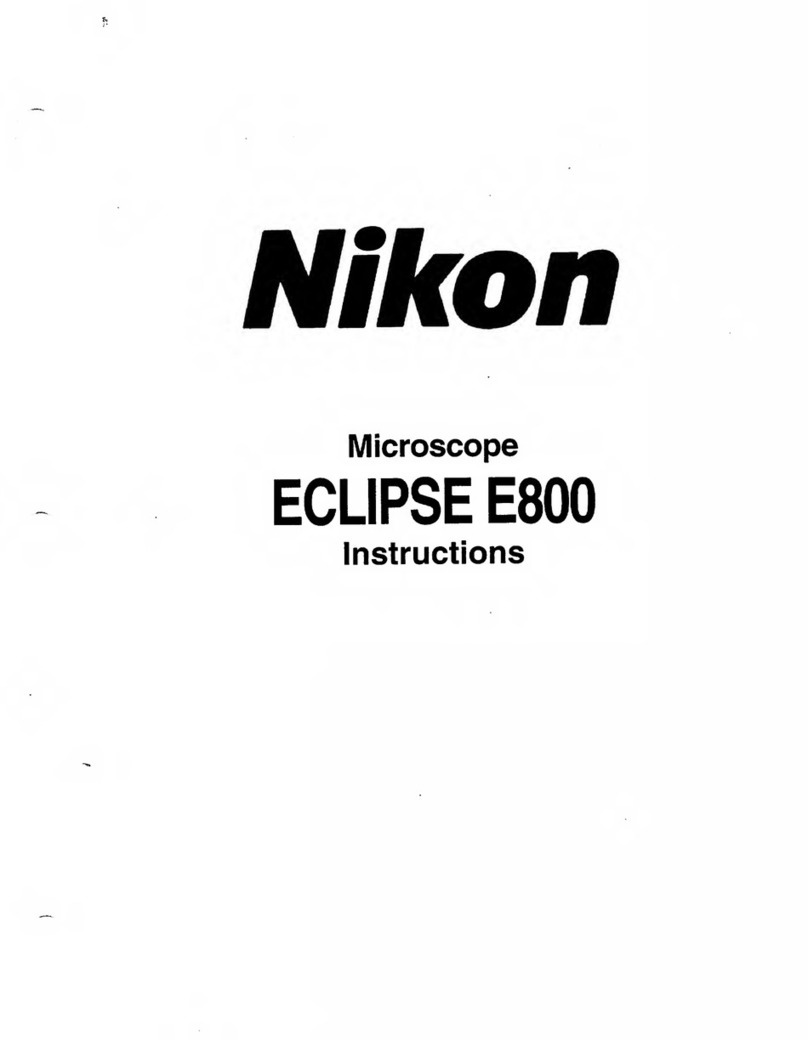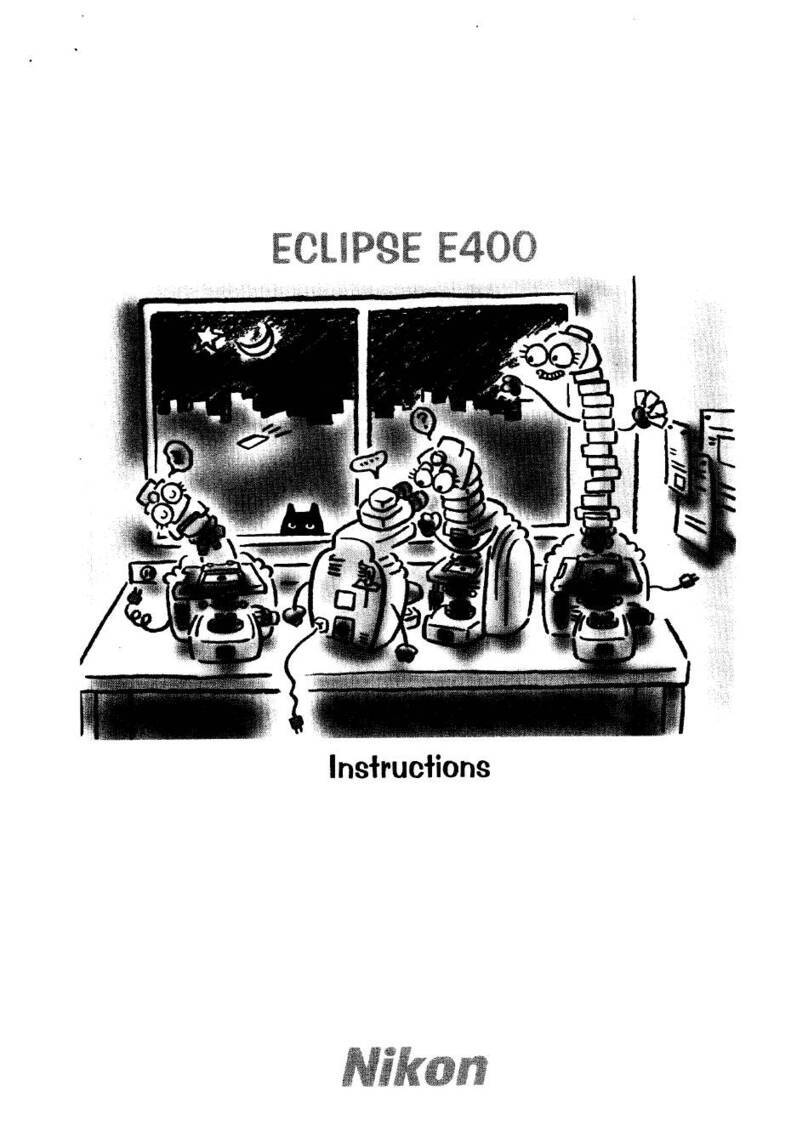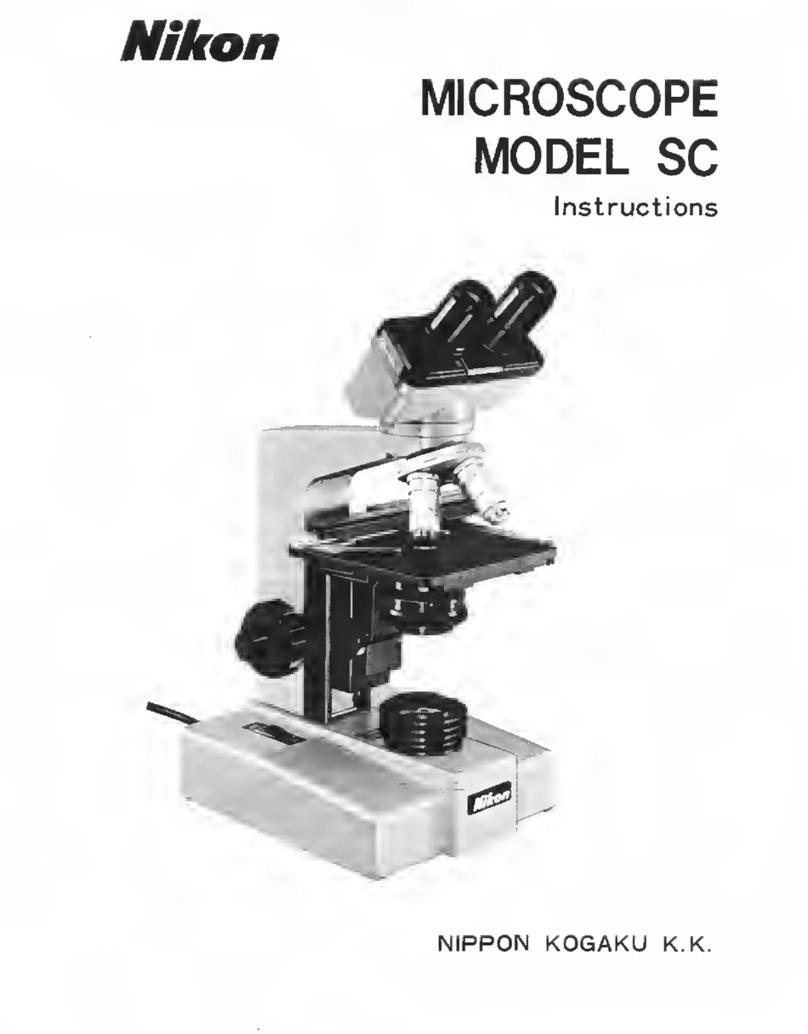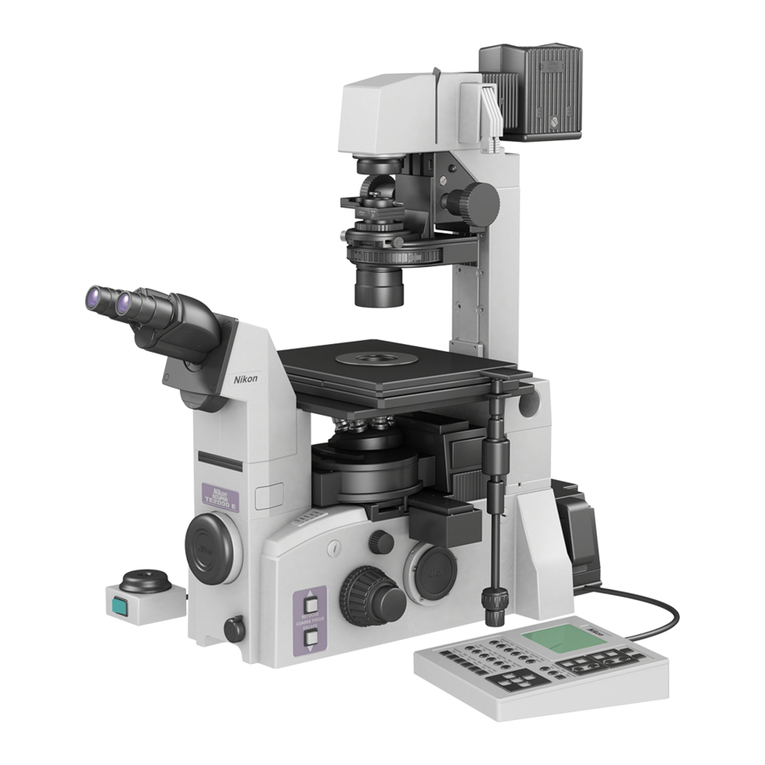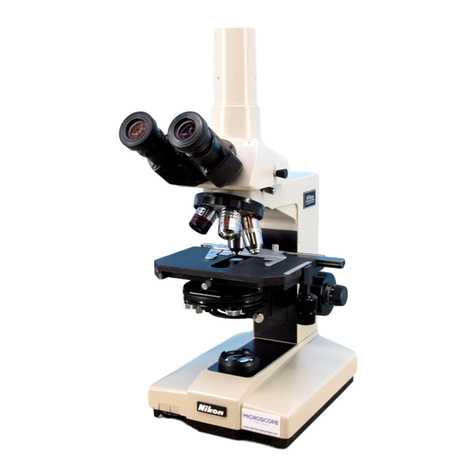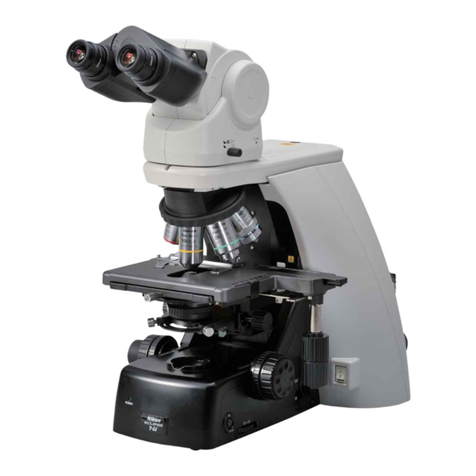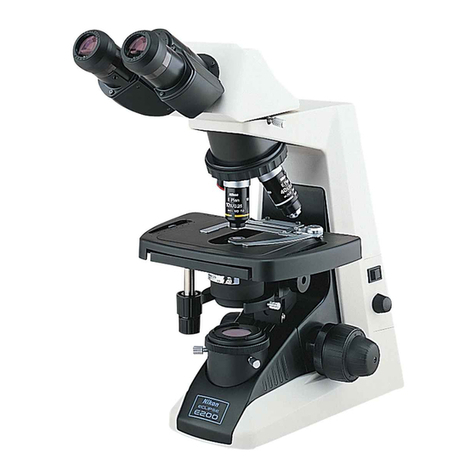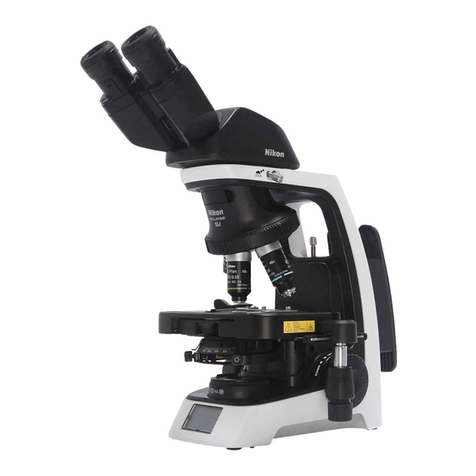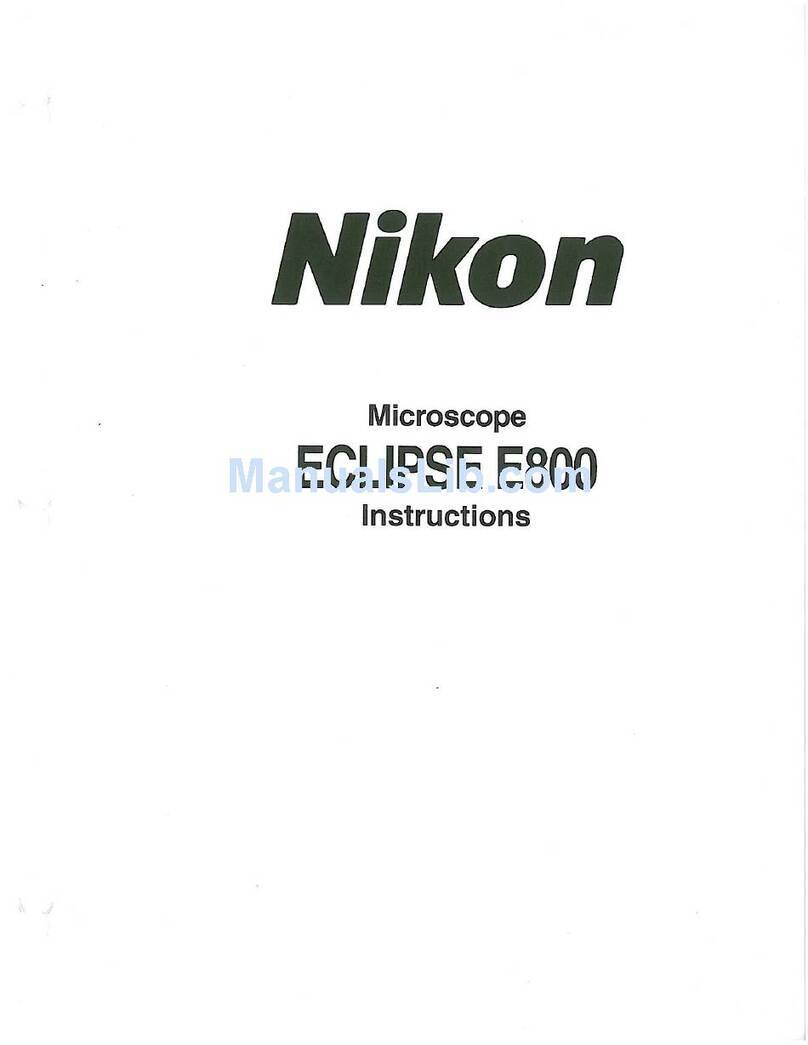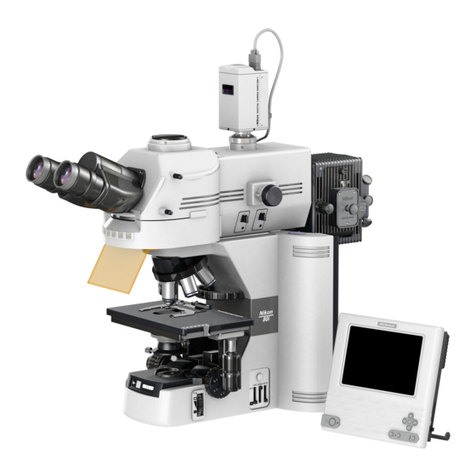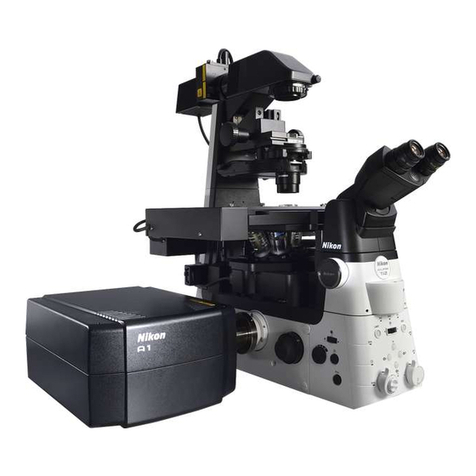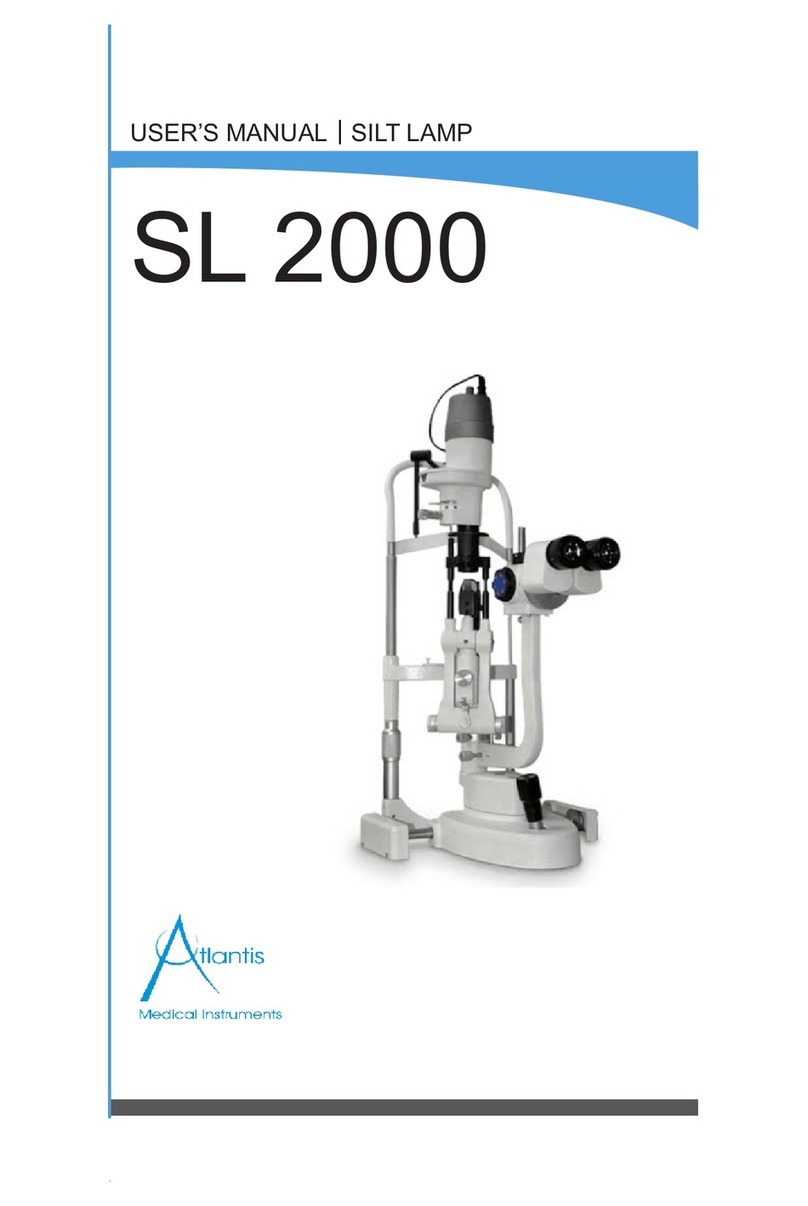
Contents
ii
Contents
Introduction.................................................................................................................................................................. i
Symbols Used in This Manual ............................................................................................................................. i
Safety Precautions .................................................................................................................................................... iii
WARNING and CAUTION Symbols................................................................................................................... iii
WARNING .................................................................................................................................................. iv
CAUTION.................................................................................................................................................... iv
Notes on Handling the Instrument .............................................................................................................................. v
Components of the System.....................................................................................................................1
Microscopy ...............................................................................................................................................3
Assembly ..................................................................................................................................................5
1 Assembly for the dual-viewing (face-to-face) model ...........................................................................................5
2 Assembly for the dual-viewing (side-to-side) model ...........................................................................................6
3 Assembly for the triple-viewing model ................................................................................................................7
4 Assembly for the multi-viewing model by 5 persons ...........................................................................................8
5 Assembly for the multi-viewing model by 10 persons .........................................................................................9
6 Mounting the pointer.........................................................................................................................................10
Troubleshooting .....................................................................................................................................11
Care and Maintenance ...........................................................................................................................12
1 Lens and filter cleaning.....................................................................................................................................12
2 Cleaning painted components ..........................................................................................................................12
3 Storage .............................................................................................................................................................12
4 Regular inspection............................................................................................................................................12
Specifications .........................................................................................................................................13
